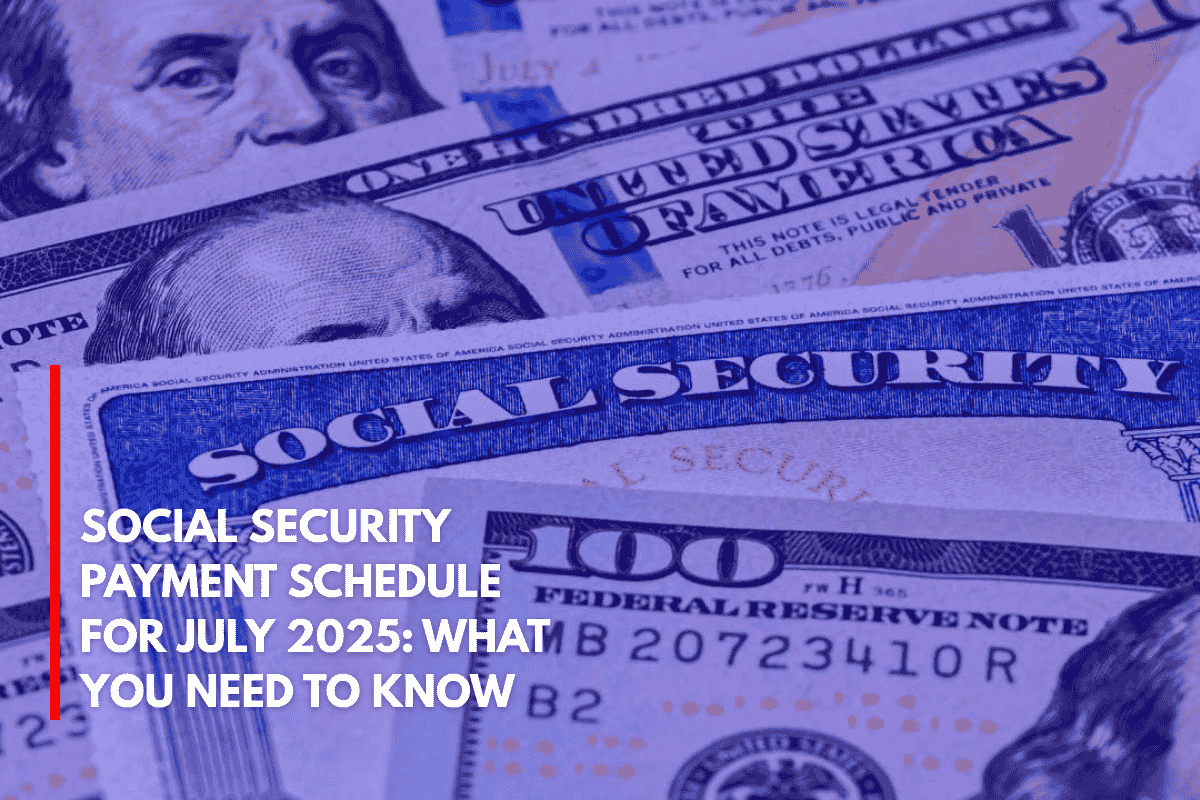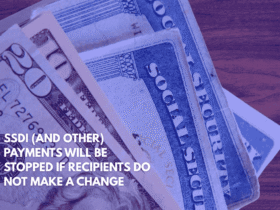The Social Security Administration (SSA) has announced the distribution dates for retirement benefits in July 2025. These payments are made according to a fixed schedule, but the specific date you’ll receive your funds depends on various factors, such as your birthdate and the type of benefits you receive.
Payment Dates for July 2025
For July 2025, the Social Security payments are set to be distributed according to a detailed calendar.
Thursday, July 3: The first payments will be made on this date. This includes recipients of Supplemental Security Income (SSI) and those living outside the U.S. Also, individuals whose Medicare premiums are covered by their state will get payments on this date. Additionally, those who retired before May 1997 will receive their funds on July 3. If the scheduled payment date falls on a holiday, the payment is issued on the prior business day.
Wednesday, July 9: Individuals whose birthdates fall between the 1st and 10th of any month will receive their payment on the second Wednesday of July.
Wednesday, July 16: Beneficiaries born between the 11th and 20th of the month will receive their payment on the third Wednesday of July.
Wednesday, July 23: Those born from the 21st to the 31st of the month will get their payment on the fourth Wednesday of July.
These four dates — July 3, 9, 16, and 23 — are the key dates for Social Security payments in July 2025.
Average and Maximum Benefit Amounts
As of January 2025, the average monthly Social Security payment for an individual retiree is $1,976. This represents a 2.5% increase from the previous year due to the Cost-of-Living Adjustment (COLA). For couples, where both spouses are receiving benefits, the combined average monthly payment is $3,089.
However, these averages do not reflect the maximum possible benefit, which depends on the beneficiary’s retirement age and work history. For those who want to know the highest possible payout, here’s what to expect:
At age 62 (earliest retirement age), the maximum benefit is $2,831 per month in 2025.
At full retirement age (usually 67), the maximum benefit rises to $4,018 per month.
At age 70, the highest possible benefit is $5,108 per month.
To reach the maximum benefit of $5,108, two key conditions must be met:
The beneficiary must have worked for at least 35 years with high earnings.
They must have delayed claiming benefits until age 70.
It’s worth noting that the maximum amount is typically reserved for those who had earnings above the taxable maximum, which in 2025 is $176,100.
Understanding the Impact of the OBBBA on Social Security
The One Big Beautiful Bill Act (OBBBA), signed by former President Donald Trump, does not directly change the amount of Social Security benefits or eligibility. However, it does impact how Social Security benefits are taxed.
One major change introduced by OBBBA is an additional tax deduction for taxpayers over 65. This deduction, which ranges from $6,000 (individual) to $12,000 (couple), is meant to reduce the tax burden for older beneficiaries.
However, it’s important to note that this deduction does not eliminate taxes on Social Security benefits altogether, which was a prior campaign promise.
The tax deduction gradually phases out for higher-income individuals. For single filers, the phaseout begins above $75,000, while for joint filers, it begins above $150,000.
The deduction is completely eliminated for single filers with incomes above $175,000 and joint filers earning above $250,000. This measure is temporary and is set to last only until 2028 unless extended.











Leave a Reply